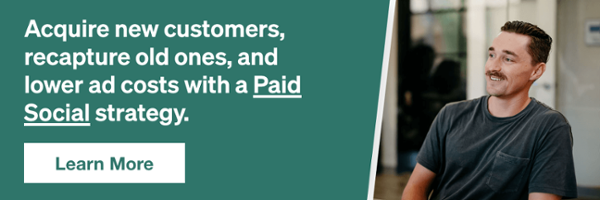In 2014, Facebook came out with their own version of the Google Display Network: the Facebook Audience Network. Facebook Audience Network, or FAN, is an extensive network of third-party apps and websites. This partnership between Facebook and multiple app owners allows you to broaden your reach and expand your audience off of Facebook, while still allowing you to use the same targeting, measurement and delivery.
This means you can still utilize your custom audiences, core audiences and lookalike audiences! The goal of this was to help marketers reach their campaign goals at the most cost-effective price.
The different objectives that can be used with the Audience Network are:
- Traffic
- Conversions
- App installs
- Product catalog sales
- Video views
- Reach
- Brand awareness
- Engagement
However, with Facebook ads following users across multiple devices and platforms across the web, there comes some advantages and disadvantages. Let’s review the different ad formats that can be used with the Audience Network, as well as the advantages and disadvantages of utilizing this network.
Related: 5 Things to Know About the Facebook Audience Network
Types Of Ads On Audience Network
Audience Network offers different formats in which to implement your ads. You can choose which ad format depending on how you want the ad to be integrated into the user experience of the site or app. Here are the different ad formats:
- Native
- Banner
- Interstitial
- In-stream Videos
- Rewarded Videos
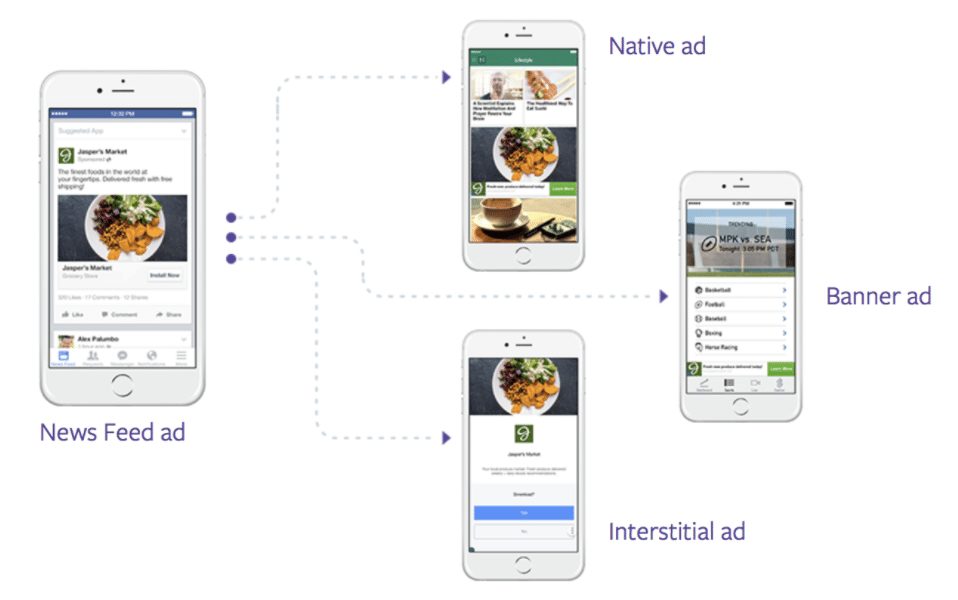
Native
Native ads blend in with organic content, much like the ‘Sponsored’ posts you see on your Facebook and Instagram feed. Native ads can be customized and designed in a way where the ad blends seamlessly into your app. Since these ads are customized to integrate nicely in your site or app, they tend to perform better than other ad types.
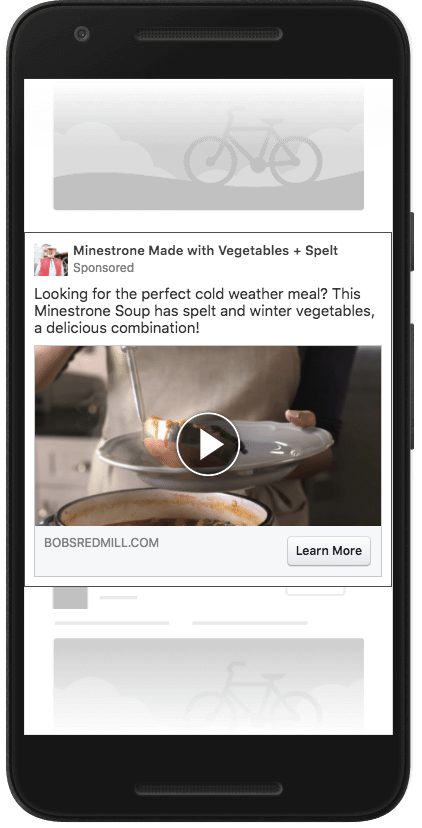
Banner
Banner ads are the most common ad format. They are a small bar which usually is placed at the top or bottom of the screen. These tend to perform the least well out of all of the ad formats and have the lowest conversion rate. This is no surprise here since it contains no content at all and blatantly looks like an ad.

Interstitial
Interstitial ads are full-screen ads that are great for catching a user’s attention. These ads should appear in a natural transition between tasks, such as a pause in game play.
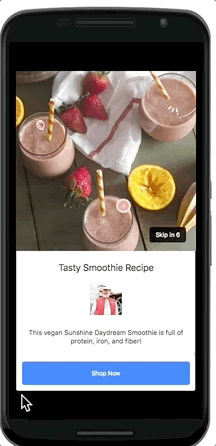
In-stream Videos
In-stream videos are video ads that are shown before, during a break, and/or after organic video content (Pre-roll, mid-roll, post-roll). These videos must have sound and be 5-30 seconds for just in-stream placement or 5-120 seconds with automatic placements. These video ads are ideal for brand awareness rather than direct response since there will be no direct link for the user to click. Considering you are disrupting the user’s experience in enjoying organic content, be sure to keep your video less salesy, and only target hyper-relevant audiences.
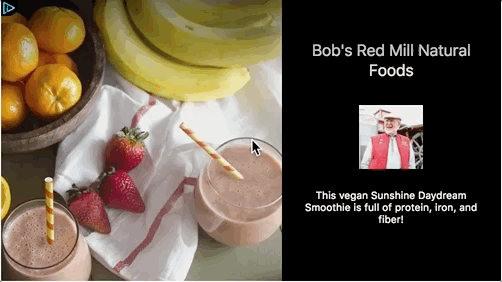
Related: Facebook Releases In-Stream Video Advertising Placement
Rewarded Videos
Rewarded videos are full-screen video ads, usually shown in gaming apps, that users can choose to see in exchange for an in-game reward, currency or special object. Once a user chooses to watch the video, they cannot skip it and they must watch the whole video. Since those who watch these ads typically choose to do so, users are more likely to have a positive experience with your video.
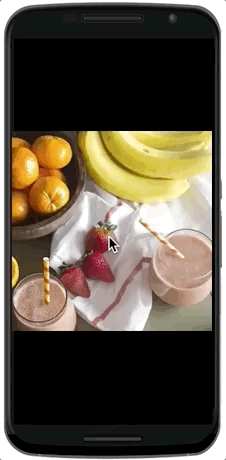
What Are The Advantages Of Using Facebook Audience Network?
The Audience Network is comprised of a variety of third-party apps and websites. This allows you to reach users that aren’t on Facebook, as well as users who aren’t even members on Facebook. This greatly expands your reach on campaigns, extending your audience beyond members of Facebook.
You also have the ability to use the same detailed audience targeting on Audience Network as you do for your Facebook campaigns. With Facebook’s extensive amount of data that they have on each user, you’ll expand your reach greatly with Audience Network. This is especially beneficial if you are trying to target a niche audience since you can reach a much larger audience outside of Facebook.
With so many additional opportunities to reach relevant users, it’s important to be able to control where your ads are placed. Advertisers can take advantage of category blocking and block lists to prevent ads from being displayed on certain websites or apps.
- Block lists are lists of website domains, app store URLs and Facebook page URLs where you don’t want your ads to appear. These are uploaded through Business Manager and you can then select a block list when you edit placements at the ad set level.
- Category blocking is preventing your ads from running next to specific content categories. This option is under the Edit Placements section in the ad set level.
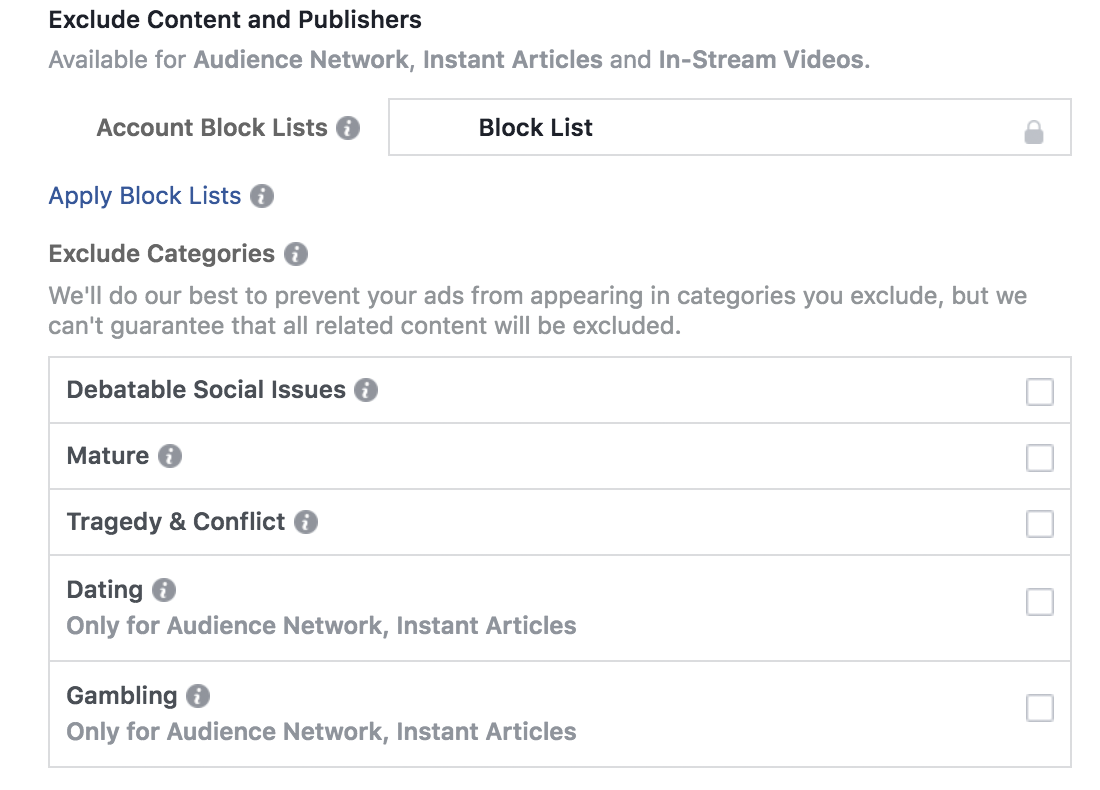
What Are The Disadvantages Of Using Facebook Audience Network?
There is no way to see or limit the frequency with which your ads are being shown to users. Users may experience ad fatigue if they see the same ads too often, therefore making the ad less effective and more annoying.
Although the Audience Network’s main selling point is that you can extend your reach beyond just Facebook, is this necessarily good traffic? We’ve all had that moment where we were on our phone scrolling through a website or an app and accidentally clicked on an ad. Our natural reaction is to quickly exit out of the pop-up landing page.
So while we are targeting more users, these users may not be quality users.
Related: Is Facebook’s Audience Network Wasting Your Ad Dollars on Poor Quality Traffic?
Wrapping Up
The Facebook Audience Network can definitely be an amazing opportunity to drive significant results with marketer’s campaigns. The ability to extend the audience reach beyond Facebook is exciting and may drive more results at a cheaper price. The multiple ad formats that are available allows marketers to target user’s casually scrolling or even playing a game. While this all sounds great, it’s important to consider the inability to see the frequency with which your ads are being shown, as well as the quality traffic you may not be driving.
